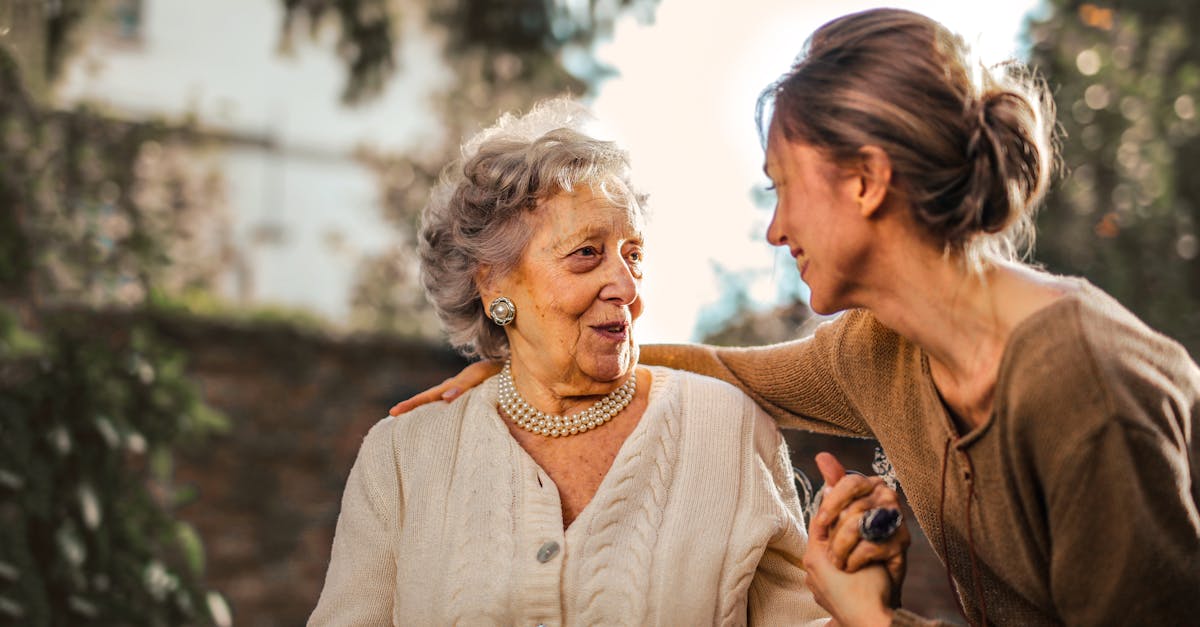Exercises for Hip Flexors for Seniors: Safe Techniques for Strength and Flexibility
Hip Flexor Exercises: Essential for Senior Health and Mobility

Regular exercise is essential for seniors to maintain a healthy and active lifestyle. Among the various muscle groups that require attention, the hip flexors play a crucial role in mobility, balance, and overall well-being. As we age, our hip flexors naturally lose some of their strength and flexibility, which can lead to difficulty with everyday activities such as walking, climbing stairs, and getting out of chairs.
In this comprehensive guide, we will explore various types of hip flexor exercises specifically designed for seniors. We will discuss the benefits of each exercise, provide step-by-step instructions with modifications for varying fitness levels, and highlight potential risks and precautions to consider. By incorporating these exercises into your routine, you can improve your hip flexor health, enhance your mobility, and enjoy a more active and fulfilling life.
1. Importance of Hip Flexor Health in Seniors
Importance of Hip Flexor Health in Seniors: Key Considerations
Hip flexors are a group of muscles located at the front of the hip joint. They play a vital role in various movements, including walking, running, climbing stairs, and getting out of chairs. Strong and flexible hip flexors are essential for maintaining mobility, balance, and overall well-being, especially for seniors.
As we age, our hip flexors naturally undergo some changes that can affect their function. These changes may include:
-
Reduced muscle mass: As part of the natural aging process, we experience a gradual loss of muscle mass, including in the hip flexors. This loss of muscle mass can lead to decreased strength and reduced range of motion.
-
Shortened muscles: Over time, our hip flexors may become shortened due to factors such as prolonged sitting or lack of regular stretching. Shortened hip flexors can limit our ability to fully extend our hips, which can affect our gait and balance.
-
Reduced flexibility: The connective tissues around our hip flexors may become less flexible with age, which can further restrict our range of motion and make us more susceptible to injuries.
To maintain optimal hip flexor health and prevent these age-related changes from significantly impacting our mobility and overall well-being, it is essential to incorporate regular hip flexor exercises into our routine. These exercises can help strengthen our hip flexors, improve their flexibility, and reduce our risk of falls and other injuries.
2. Types of Hip Flexor Exercises for Seniors

Types of Hip Flexor Exercises for Seniors
There are a variety of hip flexor exercises suitable for seniors, including static stretches, dynamic stretches, and strengthening exercises. Here are a few examples with step-by-step instructions and modifications for varying fitness levels:
Static Stretches:
- Standing Quad Stretch: Stand with your feet hip-width apart. Bend your right knee and grasp your right foot with your right hand, pulling your heel towards your buttocks. Hold for 30 seconds. Repeat on the left side.
- Modification: If you have difficulty balancing, you can hold onto a chair or wall for support.
Dynamic Stretches:
- Walking Lunges: Step forward with your right leg and bend both knees, lowering your body until your right thigh is parallel to the floor. Push off with your right foot and return to the starting position. Repeat on the left side. Continue alternating legs for 10-15 repetitions.
- Modification: If you have knee pain, you can shorten the stride length or perform the exercise without lunging as deeply.
Strengthening Exercises:
- Hip Flexor Raises: Lie on your back with your knees bent and your feet flat on the floor. Lift your right leg up towards your chest, keeping your knee bent at 90 degrees. Slowly lower your leg back down. Repeat 10-15 times on each side.
- Modification: If you have lower back pain, you can place a pillow under your lower back for support.
It is important to start slowly and gradually increase the intensity and duration of your hip flexor exercises over time. Listen to your body and stop if you experience any pain. If you have any underlying health conditions or concerns, be sure to consult with your doctor or a physical therapist before starting any new exercise program.
3. Potential Risks and Precautions
Potential Risks and Precautions
As with any exercise program, there are some potential risks and precautions to consider before starting hip flexor exercises, especially for seniors. These include:
- Muscle strains: Overexerting your hip flexors, especially if they are not properly warmed up, can lead to muscle strains. This can cause pain, swelling, and difficulty moving your hip.
- Tendonitis: Repetitive hip flexor exercises can irritate the tendons that attach the muscles to the bones, leading to tendonitis. This can also cause pain and discomfort.
- Hip impingement: In some cases, hip flexor exercises may aggravate hip impingement, a condition in which the bones of the hip joint rub against each other. This can cause pain and stiffness in the hip.
To minimize these risks, it is important to:
- Start slowly: Gradually increase the intensity and duration of your hip flexor exercises over time to allow your body to adapt.
- Warm up properly: Always warm up your hip flexors before doing any exercises that target them. This will help to prepare your muscles for activity and reduce your risk of injury.
- Listen to your body: If you experience any pain or discomfort during a hip flexor exercise, stop and consult with a healthcare professional.
- Consult with a healthcare professional: If you have any underlying health conditions or concerns, be sure to talk to your doctor or a physical therapist before starting any new exercise program.
By following these precautions, you can safely and effectively improve your hip flexor health and enjoy the benefits of increased mobility, balance, and overall well-being.
4. Tips for Safe Practice

Tips for Safe Practice
To practice hip flexor exercises safely and effectively, follow these tips:
- Maintain proper form: When doing hip flexor exercises, it is important to maintain proper form to avoid injury. This means keeping your back straight, your core engaged, and your hips and knees aligned. If you are unsure about the proper form for a particular exercise, consult with a qualified fitness professional.
- Breathe correctly: Breathing correctly during exercise is essential for maximizing your performance and minimizing your risk of injury. When doing hip flexor exercises, exhale as you lift your leg and inhale as you lower it.
- Listen to your body: It is important to listen to your body’s cues when doing hip flexor exercises. If you experience any pain or discomfort, stop the exercise and consult with a healthcare professional. Pushing through pain can lead to injury.
- Warm up before exercising: Warming up your hip flexors before doing any exercises that target them will help to prepare your muscles for activity and reduce your risk of injury. Some simple warm-up exercises include walking, light jogging, and dynamic stretches.
- Cool down after exercising: Cooling down after your hip flexor exercises will help to reduce muscle soreness and stiffness. Some simple cool-down exercises include static stretches and light walking.
By following these tips, you can safely and effectively improve your hip flexor health and enjoy the benefits of increased mobility, balance, and overall well-being.
5. Additional Resources for Seniors
Additional Resources for Seniors
In addition to the information provided in this article, there are a number of reputable organizations and websites that provide additional information, support, and guidance on hip flexor exercises for seniors:
- National Institute on Aging: https://www.nia.nih.gov/ The National Institute on Aging (NIA) is a part of the National Institutes of Health (NIH) and is the federal government’s lead agency on aging research. The NIA website has a wealth of information on healthy aging, including exercise and fitness for seniors.
- American Academy of Orthopaedic Surgeons: https://www.aaos.org/ The American Academy of Orthopaedic Surgeons (AAOS) is a professional organization for orthopaedic surgeons. The AAOS website has a number of resources on hip flexor exercises for seniors, including videos and printable handouts.
- Arthritis Foundation: https://www.arthritis.org/ The Arthritis Foundation is a non-profit organization that provides information and support to people with arthritis. The Arthritis Foundation website has a number of resources on hip flexor exercises for seniors, including exercises that are specifically designed for people with arthritis.
These are just a few of the many resources that are available to seniors who are interested in improving their hip flexor health. By taking advantage of these resources, seniors can learn more about hip flexor exercises, find exercises that are appropriate for their fitness level, and get support from others who are on the same journey.
Quiz
- True or False: Hip flexors are important for balance and mobility.
- Which of the following is NOT a type of hip flexor exercise? (a) Static stretches (b) Dynamic stretches (c) Bicep curls
- What is a potential risk of hip flexor exercises for seniors? (a) Muscle strains (b) Improved flexibility (c) Increased strength
- True or False: It is important to listen to your body and stop if you experience pain during hip flexor exercises.
- What is a reputable organization that provides information on hip flexor exercises for seniors? (a) The National Institute on Aging (b) The American Heart Association (c) The American Diabetes Association
Answer Key
- True
- (c) Bicep curls
- (a) Muscle strains
- True
- (a) The National Institute on Aging
